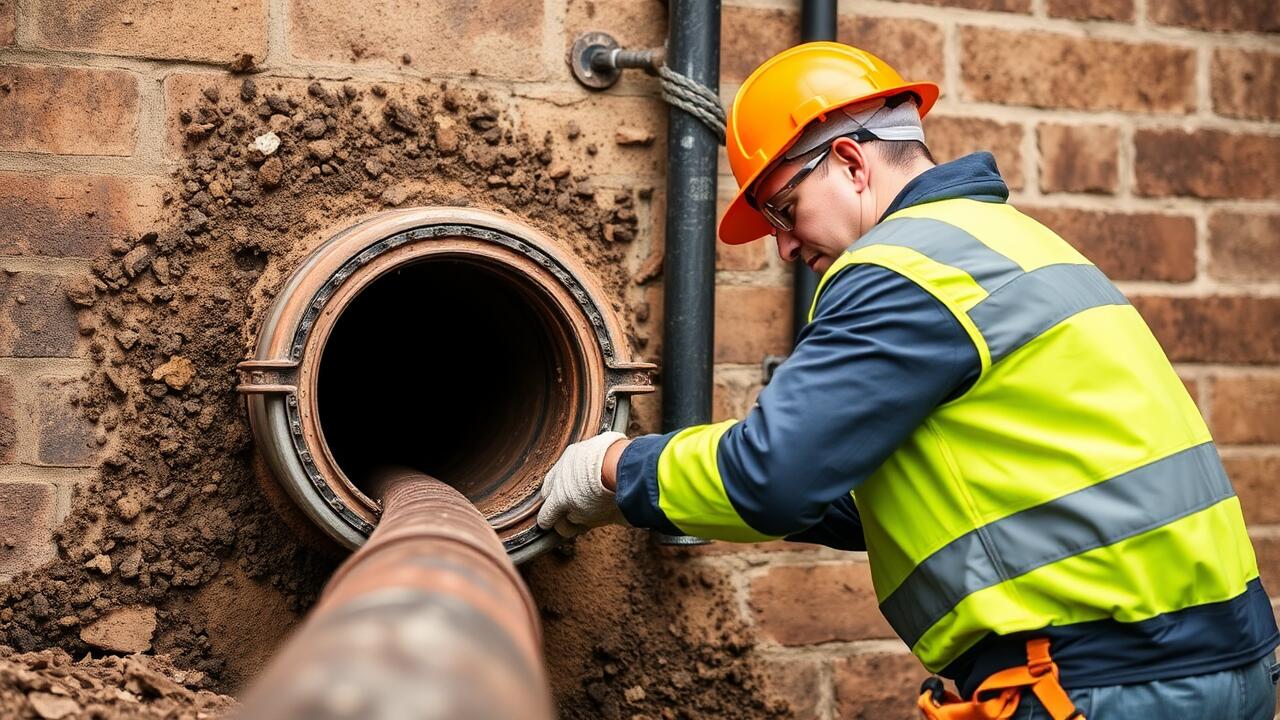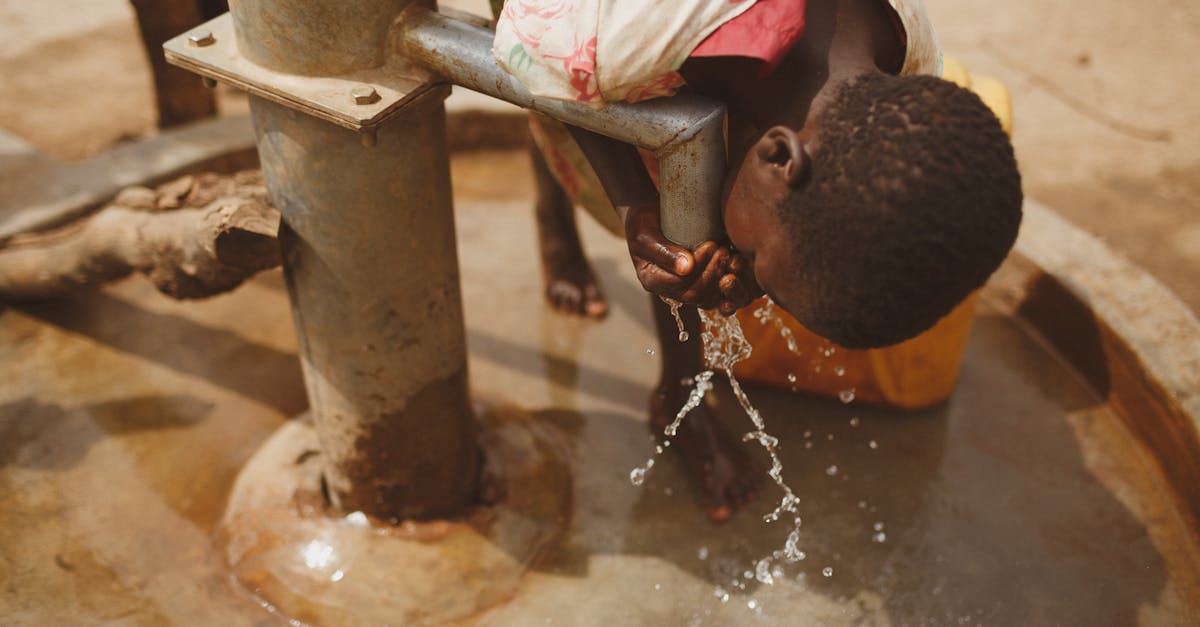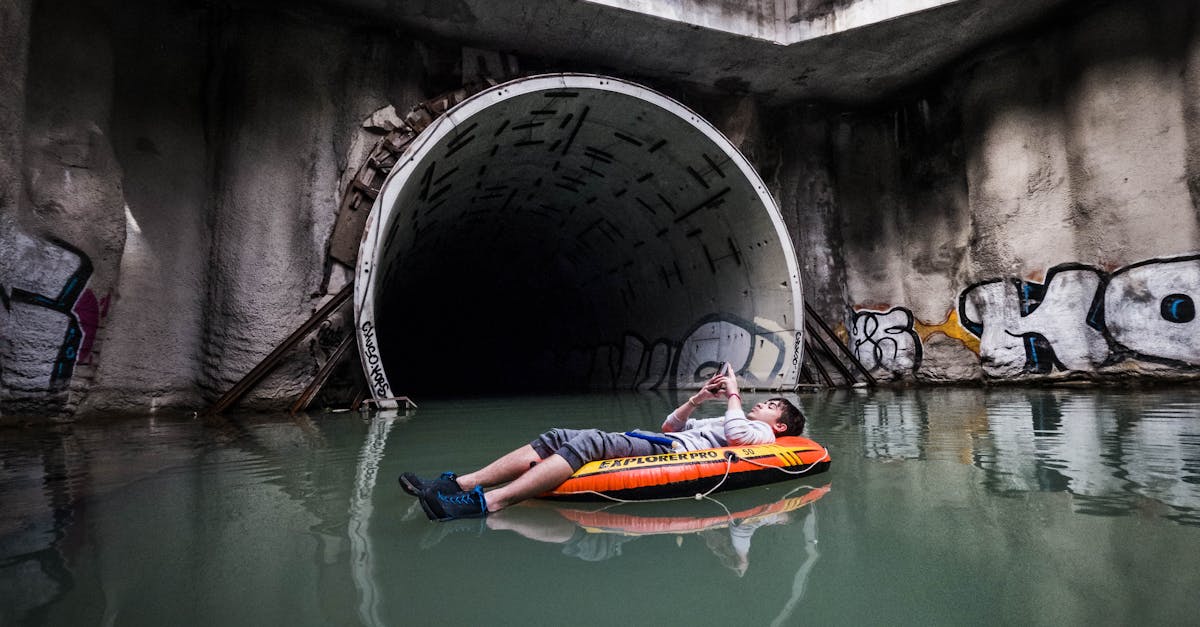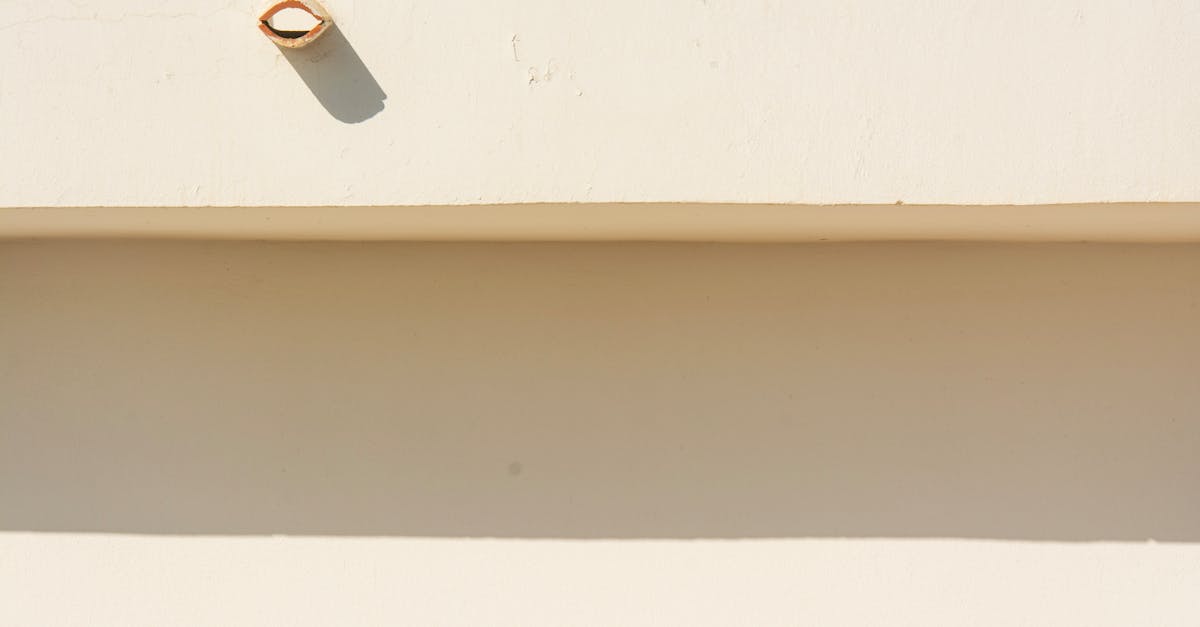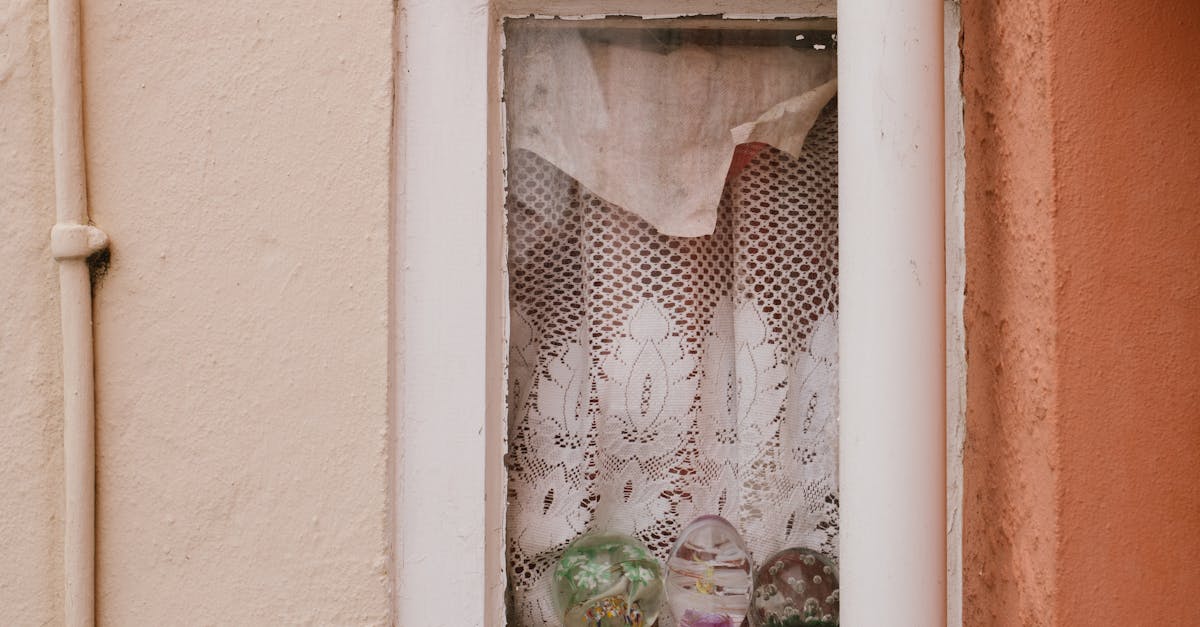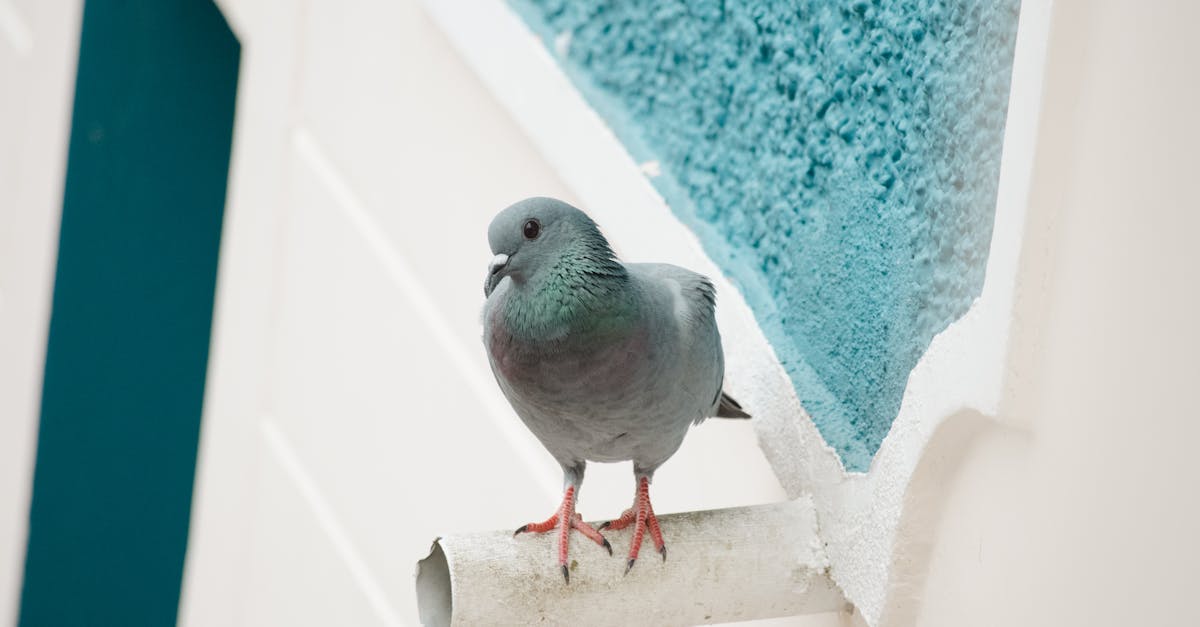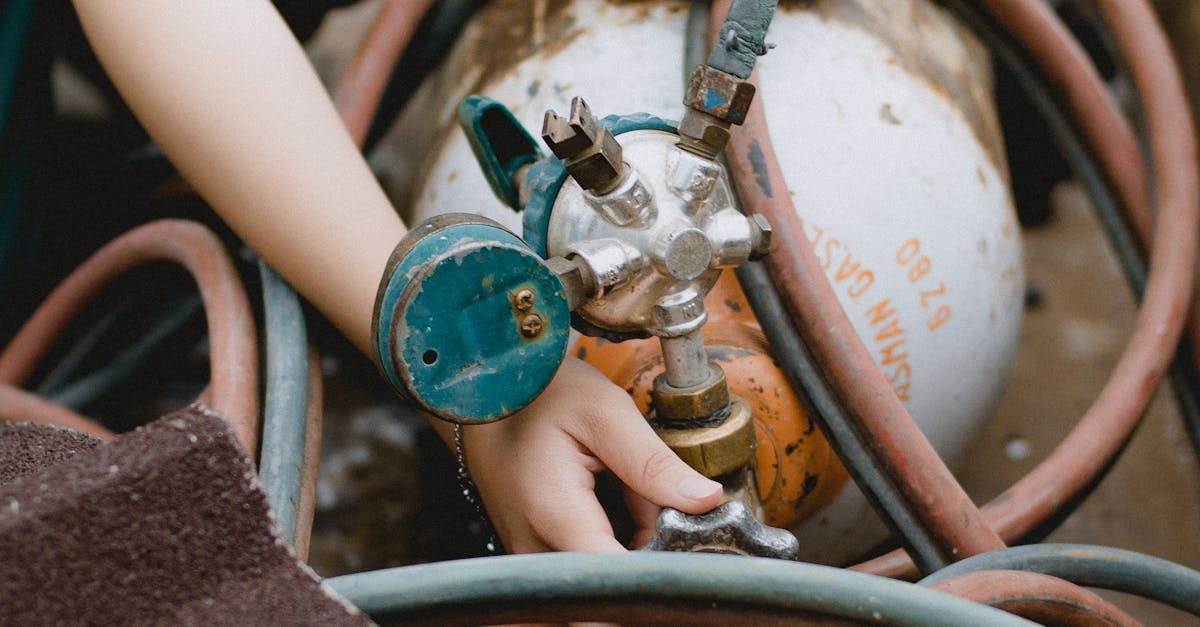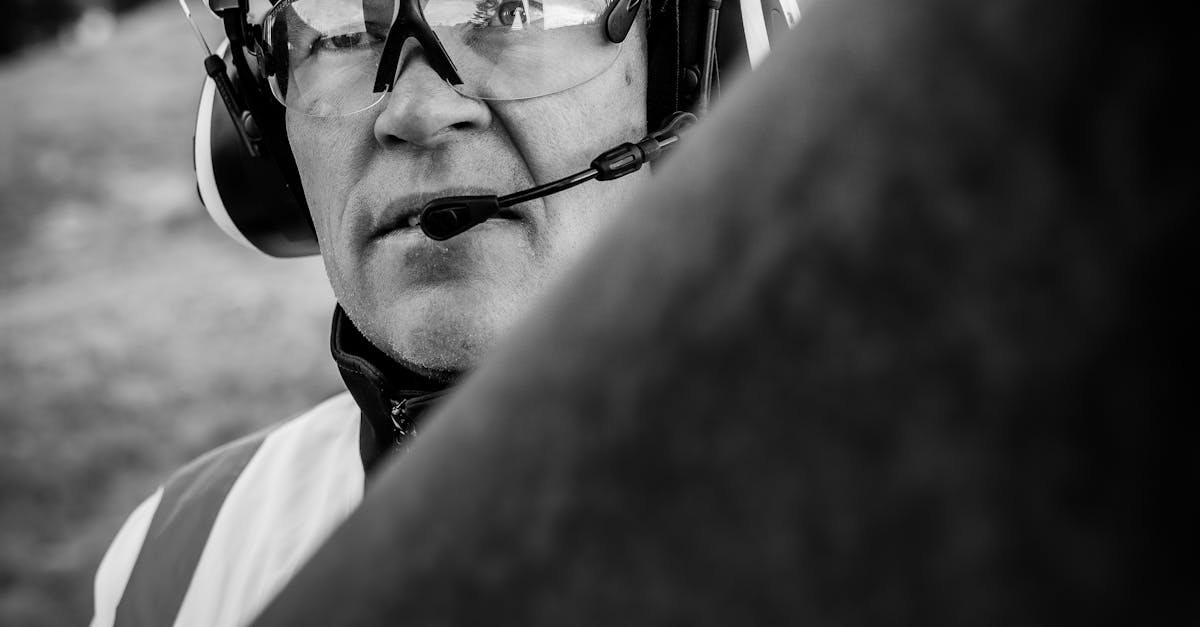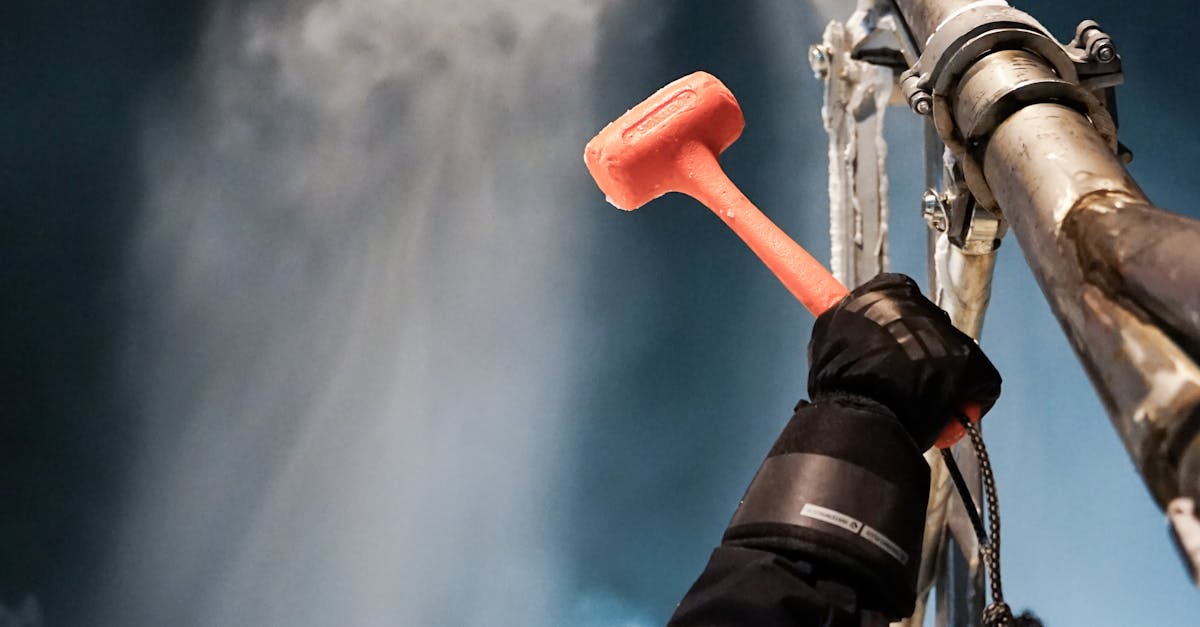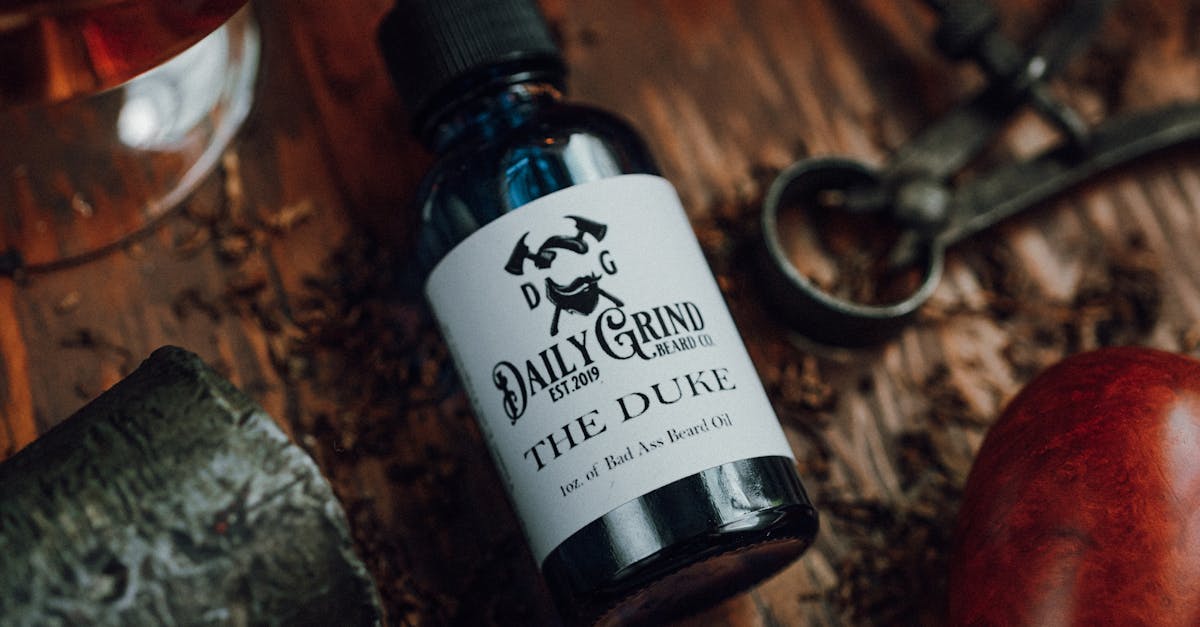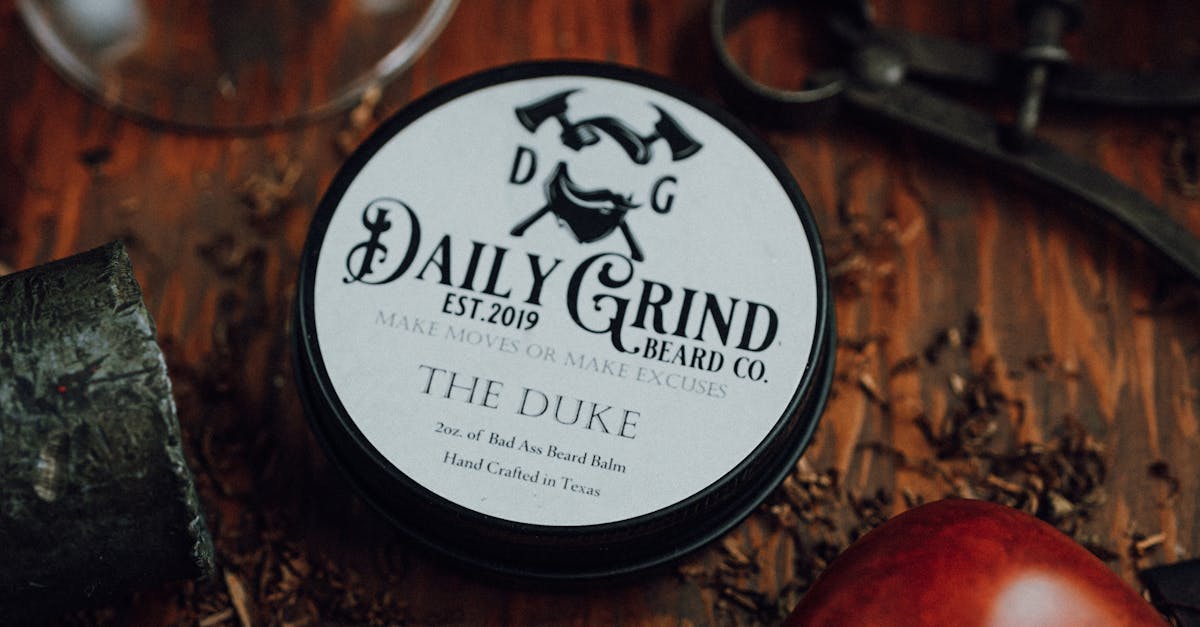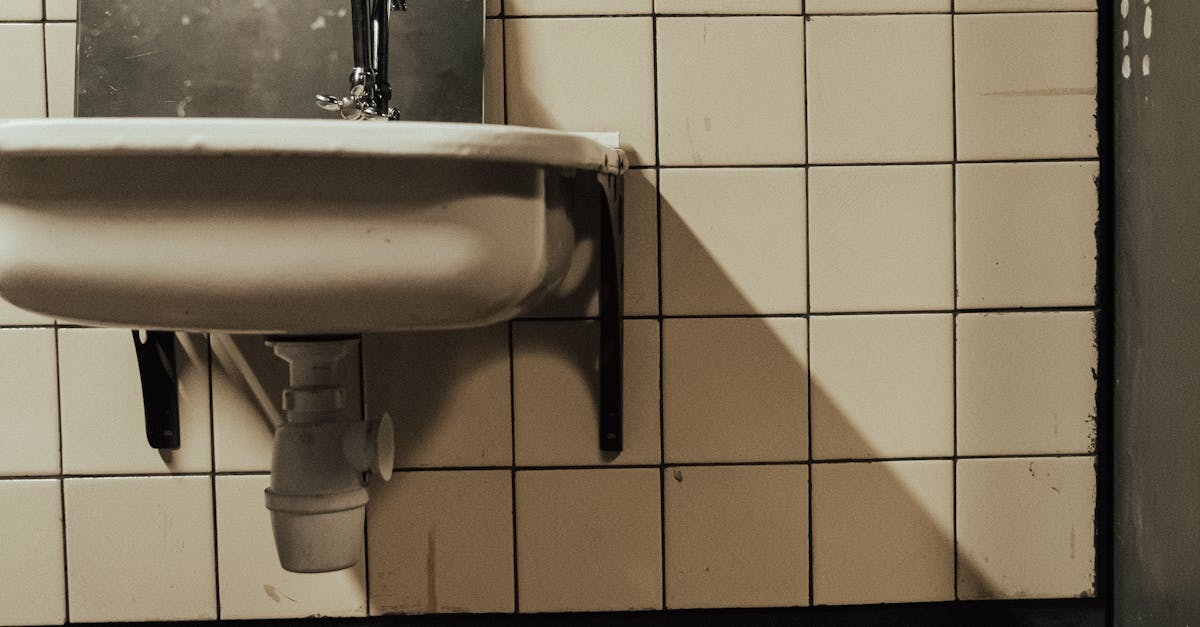
Table Of Contents
Common Myths About Pipe Relining
Many people hold misconceptions about pipe relining, often believing it to be a temporary fix rather than a lasting solution. Some assume that once relining is completed, it will fail within a short period, leading to repeated issues with their plumbing systems. In reality, pipe relining has been proven to provide durable results, with lifespans that can approach or even exceed those of traditional piping methods.
Another myth suggests that pipe relining is only suitable for certain types of pipes or environments. While it is true that specific factors can influence the effectiveness of relining, the technique is versatile enough to be applied in various situations. Both residential and commercial properties can benefit from pipe relining, making it a practical choice for addressing a wide array of plumbing challenges.
Debunking Misconceptions
Many misconceptions surround the process of pipe relining, often leading to confusion about its effectiveness. One common myth is that pipe relining is only a temporary fix for damaged pipes. In reality, this method creates a new pipe within the existing one using durable materials that can last for decades, making it a long-lasting solution rather than a quick fix.
Another misconception is that the installation of relining is overly complex and disruptive. While traditional methods typically involve significant digging and uprooting of landscaping, pipe relining is remarkably less invasive. The process can often be completed with minimal disturbance to the surrounding area, significantly reducing the hassle for property owners.
Comparing Relining to Traditional Methods
Pipe relining offers a modern alternative to traditional methods of pipe repair, particularly in the context of ageing cast iron systems. Traditional techniques often involve extensive excavation, which can lead to significant disruption of landscaping and existing structures. Relining, on the other hand, is a minimally invasive solution, allowing for the rehabilitation of pipes without the need for large-scale digging. This not only saves time but also reduces the overall cost associated with repairs.
In addition to being less disruptive, pipe relining typically results in a stronger, more durable repair. The new liner bonds with the existing pipe, creating a seamless pipe within a pipe that enhances flow efficiency. Unlike traditional repair methods that may simply patch holes or cracks, relining provides a comprehensive restoration of the pipe's structural integrity. Many property owners are choosing this method due to the long-lasting results and fewer complications in the future.
Advantages of Relining over Digging
Pipe relining presents significant advantages compared to traditional digging methods. The process is less invasive, minimising disruption to the surrounding landscape and infrastructure. Homeowners appreciate that gardens, driveways, and paths remain largely intact during the relining procedure. Since there’s little need for excavation, the project often takes less time to complete, allowing for quicker restoration of normal household functions.
Additionally, pipe relining can lead to cost savings in the long run. While initial expenditure might be comparable to that of traditional methods, the reduced need for landscaping repairs and lessened labour costs can make relining a financially savvy choice. Relined pipes also typically have a longer lifespan, further reducing the frequency of future repairs or replacements, which is a crucial consideration for homeowners looking to maintain their plumbing systems efficiently.
Maintenance Tips for Relined Pipes
Maintaining relined pipes ensures their longevity and effectiveness. Regular inspections can help identify any potential issues early, allowing for timely interventions. Use a camera inspection to check the interior condition of the pipes and assess the integrity of the lining. Avoid using harsh chemicals that may damage the lining, and instead opt for environmentally friendly cleaning solutions.
In addition to routine inspections, it’s crucial to manage what goes down the drains. Preventing grease, oils, and large waste items from entering the system can significantly reduce the risk of blockages. When using appliances like dishwashers and washing machines, ensure they are functioning correctly to minimise excess water flow and potential strain on the pipes. Following these maintenance tips contributes to the durability of pipe relining and extends the lifespan of your plumbing system.
Ensuring Longevity After Relining
After the pipe relining process, it's crucial to take proactive steps to ensure the longevity of your newly relined pipes. Regular inspections can help identify any potential issues early on. Homeowners should also maintain awareness of the types of substances being flushed down the drain. Avoiding harsh chemicals and non-biodegradable items helps to prevent damage to the lining and supports the overall health of the plumbing system.
Routine maintenance is essential in protecting your pipe relining investment. Regularly checking for any signs of leaks or blockages can mitigate larger problems down the line. Utilising professional services for periodic cleaning can enhance flow efficiency and keep the relined pipes in optimal condition. By adopting these precautionary measures, you can maximise the lifespan of relined pipes and enjoy the benefits of this innovative plumbing solution for many years.
FAQS
How long can I expect my cast iron pipe relining to last?
Typically, cast iron pipe relining can last between 50 to 100 years, depending on various factors such as the quality of the materials used and the conditions of the pipes.
Are there any factors that can affect the lifespan of relined pipes?
Yes, factors such as the original condition of the pipes, soil conditions, and the level of maintenance can impact the longevity of relined pipes.
Is pipe relining a permanent solution?
While pipe relining provides a long-lasting solution, it is not completely permanent. Regular maintenance and inspections are recommended to ensure its effectiveness over time.
Can I use my relined pipes immediately after the process is completed?
Yes, you can typically use your relined pipes immediately after the curing process is complete, which usually takes just a few hours.
How can I maintain my relined pipes to ensure they last?
To ensure the longevity of your relined pipes, perform regular inspections, avoid flushing non-biodegradable items, and consider periodic cleaning to prevent blockages.
